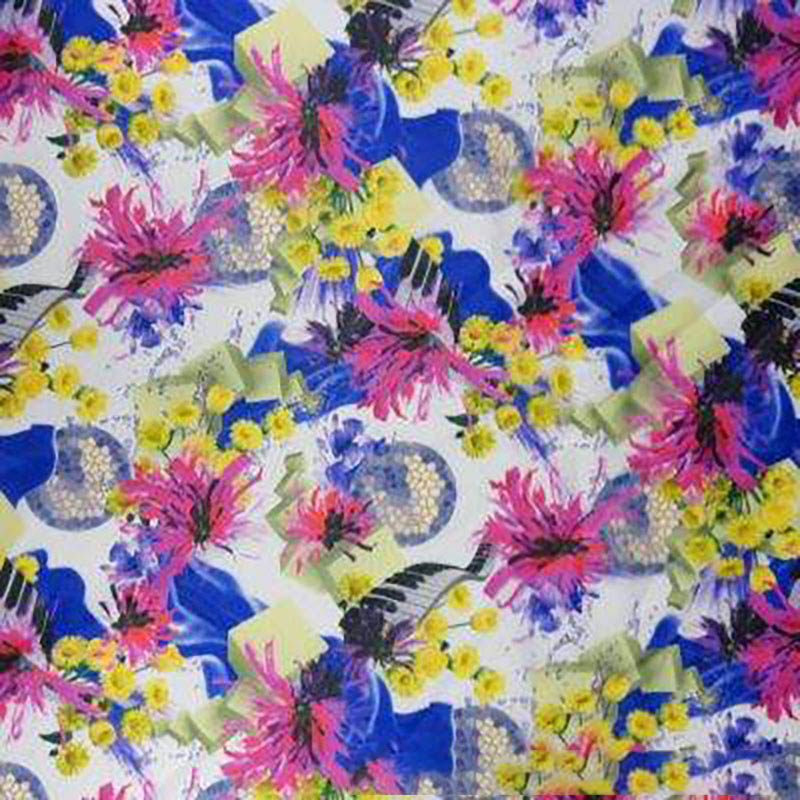In the cold winter, choosing the right thermal insulation material is the key to ensuring physical comfort and health. Soft thermal insulation fabrics have become a popular choice in the winter clothing market due to their good warmth retention and comfort. This article will explore in depth the characteristics of soft thermal insulation fabrics and their application in clothing.
Soft and warm fabrics usually have excellent heat storage and breathability, which can effectively block the invasion of cold air while maintaining body heat. In addition, the soft texture makes it more comfortable to wear. Common soft and warm fabrics include flannel, poplin, etc., which are suitable for making various winter clothing.

Soft and warm fabrics play a vital role in winter clothing design. They not only ensure the warmth of clothing, but also enhance the overall fashion sense of the wearer. Take flannel as an example. This fabric is often used to make coats and home clothes and is deeply loved by consumers. In addition, the poplin yarn-dyed series has become the darling of winter fashion items with its rich color and texture selection.
.jpg)
When choosing soft and warm fabrics, consumers should consider factors such as warmth retention, breathability, manageability, and comfort of the fabric. At the same time, it is recommended to give priority to certified environmentally friendly materials, which are not only good for health, but also contribute to environmental protection.

In short, soft and warm fabrics are the ideal choice for winter clothing. Through scientific fabric selection, consumers can not only enjoy the feeling of warmth and comfort, but also enhance their personal fashion image. In the future market, the application of such fabrics will be more extensive, which is worth looking forward to.
